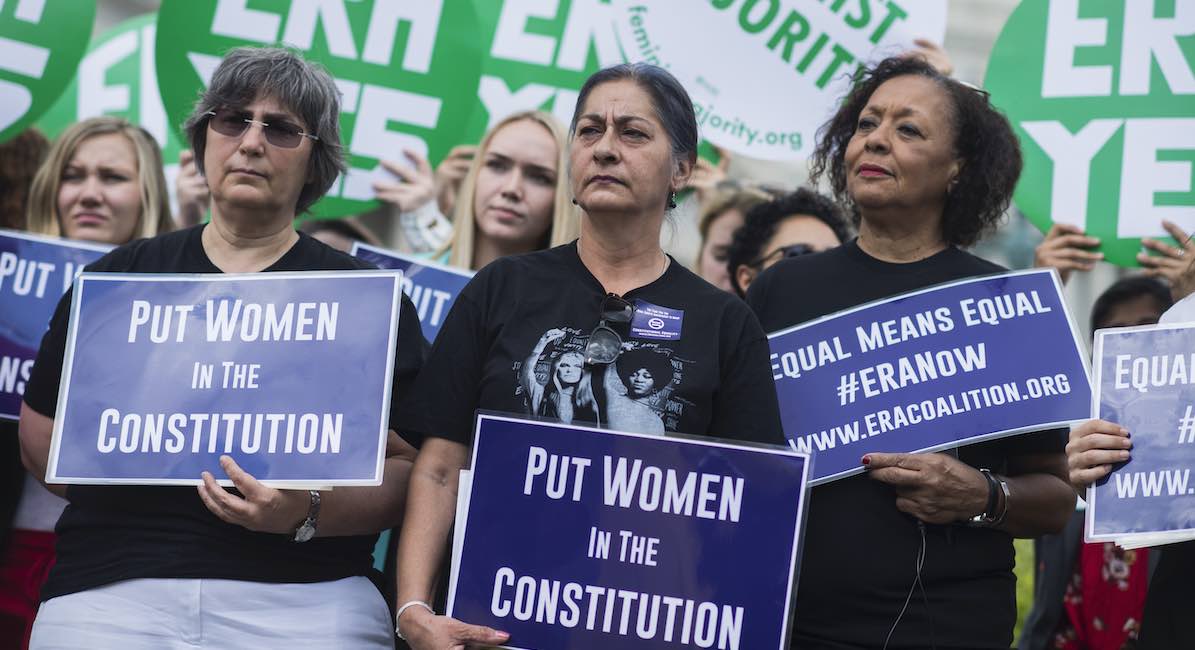(National Review) In a post a year ago, I highlighted the highly dubious claim by supporters of the Equal Rights Amendment that the amendment remained ripe for ratification and that it was only one state short of the threshold needed for ratification. As I pointed out, the seven-year period for ratification that was part of Congress’s proposal of the ERA expired in 1979. Further, even if one were to assume that Congress lawfully extended the ratification deadline by majority vote in 1978, that extended deadline expired in 1982. Even supporters of the ERA recognized that they needed to start over after the 1982 deadline passed. And by dismissing as moot in October 1982 a case challenging the validity of that deadline extension, the Supreme Court clearly signaled its own judgment that ratification of the ERA had failed.
In September, Justice Ginsburg herself recognized that the ratification process would need to “start[] over again.”
So it’s no surprise, and ought not to be controversial, that the Department of Justice’s Office of Legal Counsel has issued an opinion advising the National Archives that the ERA proposed in 1972 long ago expired and that, in the event that another state were to purport to ratify that amendment, the National Archives should not and could not certify the ERA to be part of the Constitution. Given that OLC’s advice binds the National Archives, this opinion ought to put an end to the ratification charade.
READ: Why the Equal Rights Amendment could actually be damaging to women
Here is the concluding paragraph of OLC’s 38-page opinion:
For the reasons set forth above, we conclude that the ERA Resolution has expired and is no longer pending before the States. Even if one or more state legislatures were to ratify the 1972 proposal, that action would not complete the ratification of the amendment, and the ERA’s adoption could not be certified under 1 U.S.C. § 106b. In addition, we conclude that when Congress uses a proposing clause to impose a deadline on the States’ ratification of a proposed constitutional amendment, that deadline is binding and Congress may not revive the proposal after the deadline’s expiration. Accordingly, should Congress now “deem [the ERA] necessary,” U.S. Const. art. V, the only constitutional path for amendment would be for two-thirds of both Houses (or a convention sought by two-thirds of the state legislatures) to propose the amendment once more and restart the ratification process among the States, consistent with Article V of the Constitution.
Editor’s Note: This article was published at National Review and is reprinted here with permission.
“Like” Live Action News on Facebook for more pro-life news and commentary!







